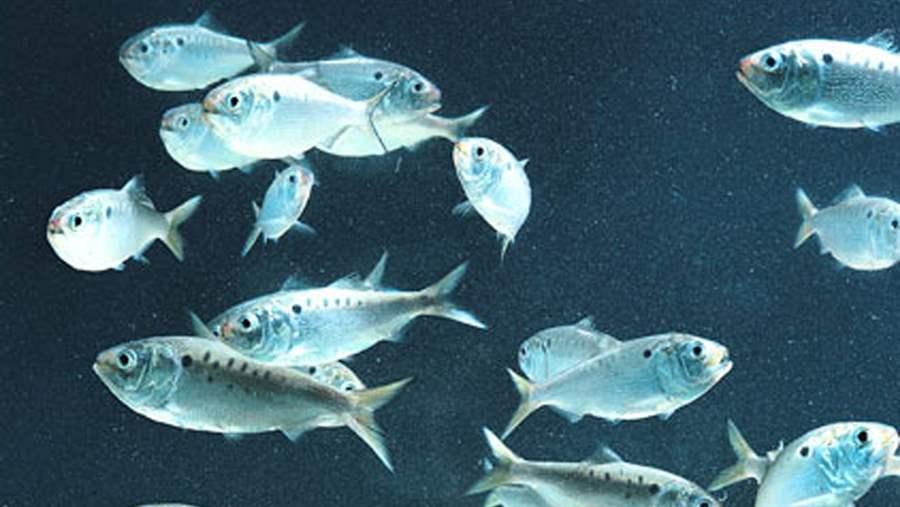Developing an Empirical Dynamic Framework for Gulf Menhaden
 NOAA
NOAAMenhaden fish.
Gulf menhaden are a small, schooling fish species that provide a critical link in the ocean food web. Similar to its counterpart in the Atlantic, the Gulf menhaden fishery is one of the largest in the United States. However, determining appropriate catch limits is a complicated task because scientists have been unable to predict how reducing the number of fish in the water will impact the population’s ability to respond to changes in the environment. Currently, there are no coast-wide catch limits for Gulf menhaden, leaving the species more susceptible to over-fishing.
George Sugihara, Ph.D., professor of biological oceanography at Scripps Institution of Oceanography, at the University of California, San Diego, is developing a new mathematical model to more accurately predict the total population size of Gulf menhaden each year so that appropriate catch levels can be set by fishery managers. Using his unique background as a marine scientist, mathematician and investment banker, Sugihara will use empirical dynamic modeling, a method that relies on environmental and biological data collected from multiple sources over a long time period, to forecast recruitment and population health.
In collaboration with Amy Schueller, Ph.D., a stock assessment analyst working on Gulf menhaden at the National Oceanic and Atmospheric Administration, he will analyze historical records on catch, ocean temperature, and water quality as well as other factors that have caused menhaden abundance to fluctuate from year to year. The result will be a new model which will improve the ability of fishery managers to forecast future menhaden in the Gulf by pinpointing those factors that have the most significant impact on population changes. Their findings will directly inform efforts by the Gulf States Marine Fisheries Commission and NOAA to predict future menhaden populations and set sustainable catch limits.

